
Nearly every summer, between 1985 and 1992, I would, with various friends, travel to Alberta, Canada to climb. These mountains, I believed, were the real Rockies. The Canadian Rockies. I had spent a fair amount of time stomping around what most American’s think of when they think Rockies, the Colorado Rockies, but to me, since these peaks did not have glaciers adorning them, they seemed fraudulent. I remember going to a slide show at the now defunct Alpine West climbing shop in Sacramento, and hearing the prolific Dave Nettles speak about the Canadian Rockies for the first time around 1984. Dave’s list of remarkable ascents during those years really fired me up and I looked up to him immensely. He spoke of the Rockies as if it was the Chamonix of North America; an easy two day drive from California, with world class alpine mountaineering almost always within a day’s hike from the road; in fact some of these routes were actually right next to the road. After my first trip there in ’85, I was hooked.
That first trip consisted of Ron Alexander and myself. We drove his old ’79 Datsun hatchback in a non stop frenzy all the way from Sacramento to Lake Louis in seemingly record time. The first time I laid eyes on these peaks, these glaciers, my eyeballs nearly burst. We hung around Banff for a day or so getting our bearings together and looking at maps and talking to local climbers; trying to get a handle on the magnitude of this place. After a spell, we decided that the place to be was at the Columbia Icefields. The Icefield is a massive mother glacier to many smaller, but still sizeable valley glaciers that flow from it’s womb, with some of the Rockie’s biggest, baddest routes gracing it’s flanks. We spent the afternoon at our camp in the Icefields Campground, sharpening tools and crampons, eating food, and gawking at the north face of Mt Athabasca, clearly visible from most anywhere in the area. The standard North Face route on this peak is a classic trial of alpine ice climbing consisting of an easy approach via it’s heavilly crevassed glacier, and after crossing the berghshrund, twelve or thirteen pitches of ice up to about 70 degrees or so, including a mixed pitch with steeper angles busting through the rock band nearing the summit. We figured this would be a good warm up, and the following morning at 2 am, we head off. By 6 am, we were crossing the ‘shrund and cruising the pitches above. Conditions varied greatly from styrofoam to hard blue ice to rotton honeycomb, to trecherous snow. There was a party above us, so we attempted to stay off to the side of the face as much as possible. For safety’s sake, we decided to belay in a traditional manner, each and every pitch on this route, which ultimately we would pay for in the length of time it took to climb this sucker. After passing through the crux gully near the top, it was a cruise to the summit and we were happily descending the NW ridge at dusk. Once it got dark, progress slowed and we found ourselves blindly stumbling around open crevasses all the way to the moraine. Finally, at midnight, we reach camp and collapse in our bags for a sleep of the dead. Our “warm up” took us 18 hours. We decide to drive up to Jasper the following day, just for grins really. After lunch at a diner in Jasper, with the North Face of Mt Edith Cavell clearly visible from our table, we reluctantly head back to California, climbing, on the way a couple more routes. It wasn’t till august of ’86 that we returned to up the ante a bit.
Later that fall, I spent most of my time free climbing in the Valley, mixing it up with the occasional wall route. About this time, the gully ice in the Sierra begins to form up nicely, and a trip to the East Side provides some relief from the monotony that the Valley can produce. After climbing the V-Notch on Mt. Sill, the North Couloir on North Peak, The Dana Couloir, and finally, the Gully on Mt Gilbert, I began to really crave getting back to the peaks of the Columbia Icefields. So that next August, we were on our way once again to Alberta. The question was: what to climb. There were so many… North Face of Mt Fay? The Scottish Gullies on Mt Columbia? The Supercouloir on Deltaform? The mighty Grand Central Couloir on Kitchener? I wanted to climb them all. After a botched attemp on Mt Fay, due to poor routefinding on the approach, which put us in the wrong gully (the gully in question turned into an 8 pitch route climbed with headlamps; topping out near sunrise, at the base of Mt Fay. So tired, we bailed), we decided on a route that Jeff Lowe had soloed the first ascent of back in 1971: The West Shoulder Direct on Mt Andromeda. At grade III 5.8 AI4, this climb is considered a moderate technical route by modern standards, and sits to the right of many other, harder routes, including the difficult Andromeda Strain. To it’s right, lie the Skyladder, a short snow/ice face of around 45 degrees. The West Shoulder Direct, as the name implies, climbs directly up the faint buttress on the northwest face of the western shoulder of the peak, and ending directly at the more northerly, false summit. It certainly looked appealing enough; it appeared to be several pitches of steepish ice, climbing up the flutings of the face, interupted by what looked like a pitch or three of mixed, followed by steepening ice all the way to the summit cornice. We arrived at the icefields late that night, and got a short night’s sleep, waking up early to scope out conditions and get organized. A light rack seemed in order and that is what we compiled: 3 ice screws, 2 KB’s, a LA, a Baby Angle, 3 wired nuts, and three camming units, plus the usual sling assortment and a picket for good measure.
Hitting the hay early, I dreamt that night of terrible avalanches and rockfall; at one point I awoke to the sound of seracs cascading down Kitchener’s north face, only a couple of miles up the road. I realized at that moment how the Grand Central Couloir got it’s name. At 2 am we were up and gulping down nuts and granola as we hoofed it down the access road to the toe of the glacier, which would allow us access to the Andromeda Glacier stuated directly above. By headlamp, a mundane scramble up the seemingly endless scree of the moraine finally gave way to the ice, and away we trudged, aiming directly for the berghshrund at the foot of the route. Ron and I stopped at the ‘shrund, and had another bite to eat. Looking up, we could now see that merely getting across would involve some effort: a five foot gap and the upper wall overhanging somewhat significantly, capped by a lip forming a ceiling. What a way to start the climb, I thought. We rope up, and taking the first lead, I climb as high up the lower wall of the ‘shrund as I can, and standing on the most protruding ice I can find, allow myself to fall inward. If I timed it perfectly, I hoped to plant my tools into the overhang above. If I failed, into the chasm I would go. As I fell against the face of Andromeda, I could tell immediately that she was going to cooperate, and my ice hammer sunk deeply into solid alpine styrofoam. A quick front point up and throught he ceiling, and we were established on the route. I continue upward for a full rope length of 55 degree ice, stopping once or twice to place a screw. Ron and I swung leads like this for three or four more pitches until things got a bit harder. Ron belayed me up from a solid Lost Arrow and a nut, perched on a perfect limestone platform just big enough for the two of us to stand. Above, a chimney filled with ice in it’s recess seemed to lead to a strange looking arrangement of smooth ice. It appeared, at least from a hundred feet away, to have bits of rock, barely penetrating it’s surface. I hoped it was not what I thought it was: bare rock covered with verglass. Struggling up the narrow chimney, and occasionally getting a tool into the shallow ice of it’s innards, I could finally see the strange features not far above me. It wasn’t verglass, but perhaps 2 inches of rotten alpine ice over some of the shattered rock that the Rockies are famous for. At the top of the chimny, I sent home a truck stop of a Baby Angle, and fearfully planted a tool into the sugary choss above. Stemming my feet on the arete of the chimney, I was able to move upward, until I suddenely found myself completely planted on the face above. This was dicey shit. With emphasis on “shit”. I tried carefully to not disturb the loose, shattered gravel beneath the ice; allowing myself only the shallow tool placements of the honeycombed ice. With positively no protection to be had for the next 60 feet, I had to either commit, or retreat to the bar at the Icefields Interpretive Center. So up I went, into it’s harrowing arena, gingerly placing each tool, each crampon, one after the other, until the 70 degree “Wall of Shit” was sent. At it’s top, I manage to get in a decent ice screw, and step to the right for a belay on a small ice fluting. I chop a stance in the ice and bring up Ron, who grins at me as he reaches the belay, saying that he’s glad he had not lead the pitch. If he had, he would have chosen the Icefields Bar, he said.
Another pitch of mixed climbing up a fairly solid corner, lead to fine alpine ice once again. Here, on the face, great flutings began to appear on either side of us, and the route continued, up between them, in a straight forward fashion. Four more pitches of this dreamy climbing gains us a small stance, of which above, the final section to the false summit could be seen. The ice is steep here, nearly 80 degrees, and overhanging at the top where a great cornice protrudes like a giant’s chapeau. The final pitch was 85 degree ice, steepening to past verticalat at the cornice. Soon, I can climb no more as the cornice blocks the way; I punch through the beast with my axe and see the alpenglow on the other side. I cut the hole bigger still, and wiggle my way through for a belly flop onto the flat false summit. Soon, Ron and I are practically running to the main summit; the sun is setting. We are happy that we are not climbing in the dark, but the descent is notoriously treacherous, and doing it in the dark will provide challenging, to say the least. We have two choices really; downclimb the Skyladder, or downclimb the regular route. The Skyladder seems out of the question to me, at least in the dark. We both agree that the standard route, while not as straightforward as the Skyladder, should be less technical. It is dark by now, so we begin descending the East Ridge; traversing this way and that way, around gendarmes and outcrops of colapsing limestone. Skirting gullys and downclimbing choss, we arrive at a rappel. Down we go; 120 feet or more. More downclimbing. We get suckered, by way of darkness, into a dead end gulley that drops magnificently to the glacier below; this could be the top of the Andromeda Strain for all we know. Eventually we find the correct gully and descend into it’s bowels. This dead ends into flat shelf that must be trversed to the north to re gain the ridge. We are going off of memory from what a Banff local had told us a couple of days earlier. After gaining the ridge proper again, more downclimbing ensues till a col is reached; below the col, a 50 degree ice slope of around three pitches lead to the Andromeda Glacier below.
Ron never told me just how blind he is. He wears glasses, but I never knew the extent to which his eyesight suffered. His night vision, he says, is real bad. I downclimb the 400 feet of blue ice all the way to the berghshrund and wait for Ron. It takes him considerable time, and I, sitting in the gaping crevasse, am getting quite cold. He finally arrives; he too is cold and looks wiped out. We rope up for the heavily crevassed section of the glacier below, and start weaving the needle; in, out, and around the gaping holes of the beast. There is always a danger of falling into a crevasse when there is a thin snow bridge covering it’s chasm. It had snowed a few days prior, and it being late August, put our current location just above the firn line, where the most dangerous snow bridges can occur. We are descending at a steady pace when suddenly I am jerked backwards with a violent tug. I am pulled to the deck immediately and manage to get my axe in and get my weight on top of it. Ron was no where in sight; somewhere, at there in the dark, Ron was dangling from the rope inside of a crevasse. I yell out to him and he replies that he is hanging in space and bleeding. Once, the year before, Ron and I were descending the North West Face of Mt Stanley after a successful climb, near the bottom of the glacier and tired, Ron had slipped on the 40 degree ice and I had caught the scene out of the corner of my eye and managed to catch his fall in the nick of time. We had been downclimbing simultaneously and putting in ice screws every so often. Ron would put them in and upon reaching them, I would pull them out. After pulling the last one, I was so fatigued I forget to tell Ron, so when he fell, there was only what I like to call the “Whymper Method” in place; The deadly and ridiculous technique of simul-climbing with a rope btween the two of you and no gear or protection in. If one of you go, both of you go. Not cool.
After setting up an anchor consisting of both my ice tools and the snow picket, I threw down another length of rope for Ron to prussik. In another half hour, Ron was out, shivering, bleeding from his lip, and eyes as wide as silver dollars. We took a break to re group and sip some water; it was now 1 am. Thankfully, the renainder of the descent went smoothly, and we finally reached the road. The worst part now, was walking the 2 miles back to camp in our plastic boots., but it seemed like managable suffering to me. Finally, 22 hours after we left camp, we returned and downed a couple of victory beers and quickly fell asleep. It had been a fine adventure for Ron and I, but somehow, over the next couple of years, Ron and I rarely spoke. I had moved to Moab, and Ron had essentially quit climbing, focusing soley on gaining his Master’s Degree in music. In 1990, I was heading to the Valley for the summer, and decided to give Ron a call. His Mother answered the phone and informed me that Ron had been hit by a car on his bicycle and had been killed. Ron was one of my early climbing partners, a friend, and a good man. I think of Ron often, still to this day, and he is missed.
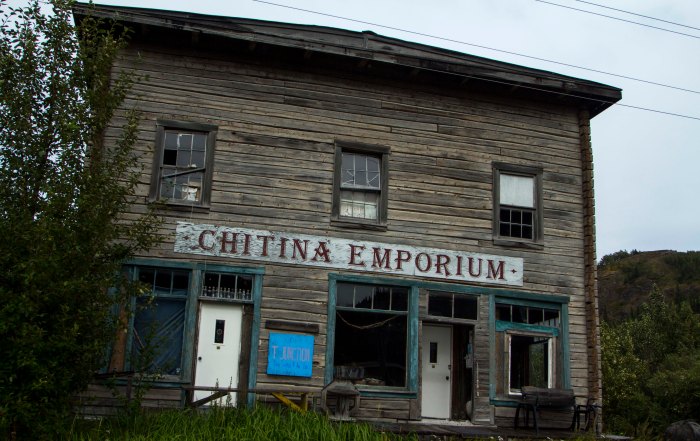

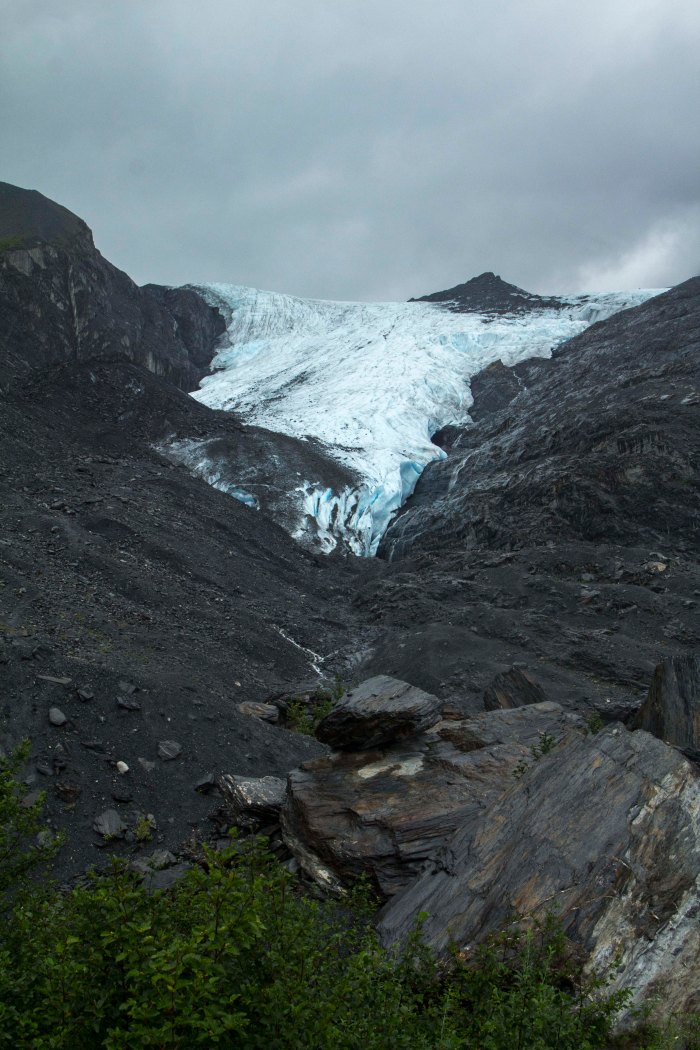





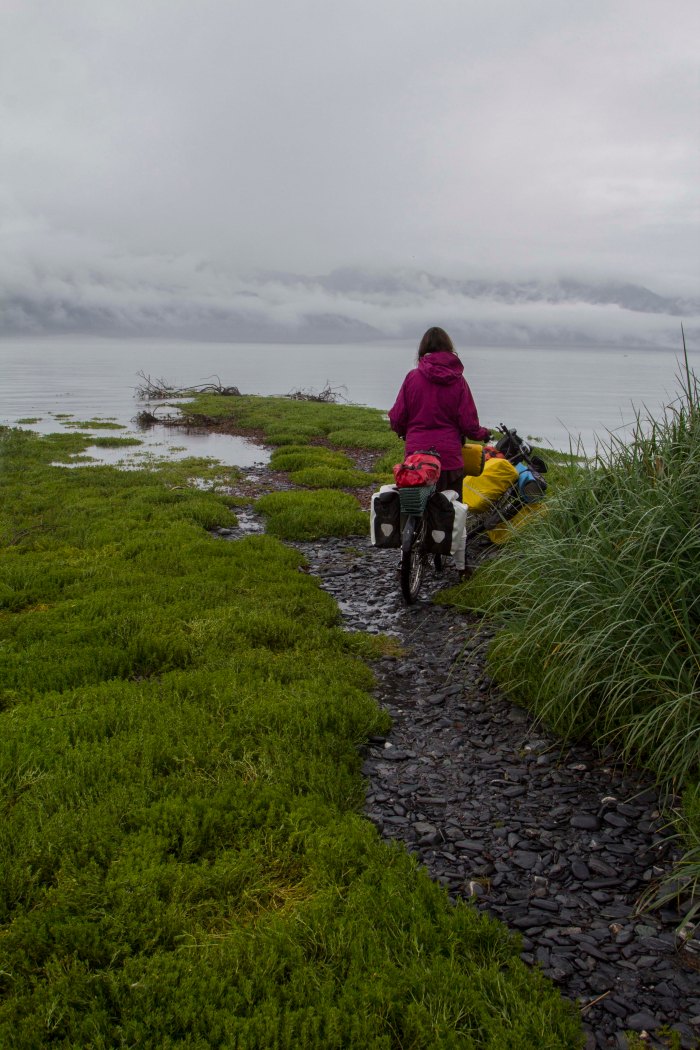
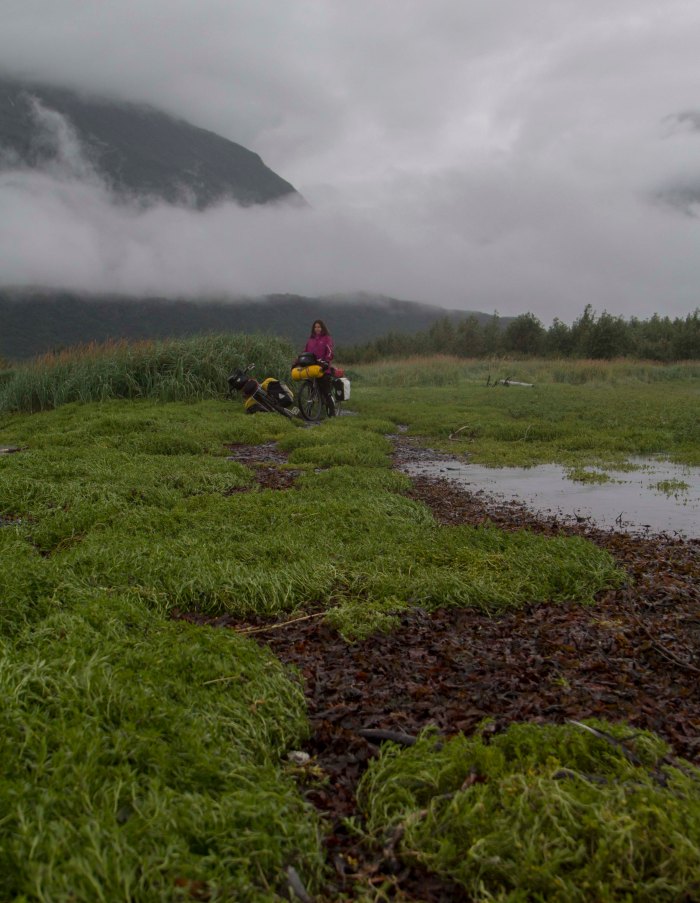







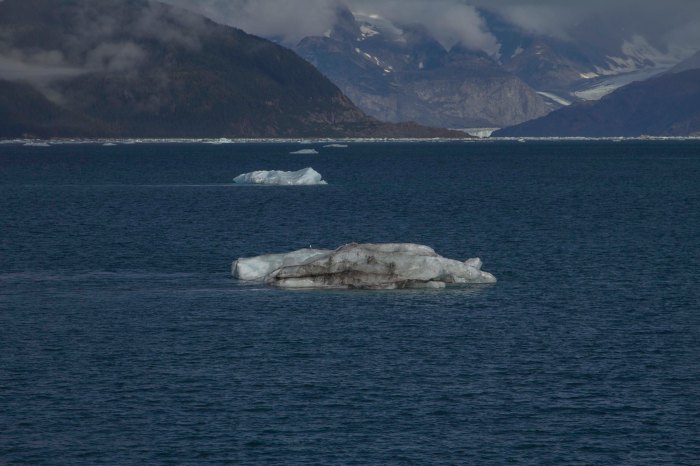

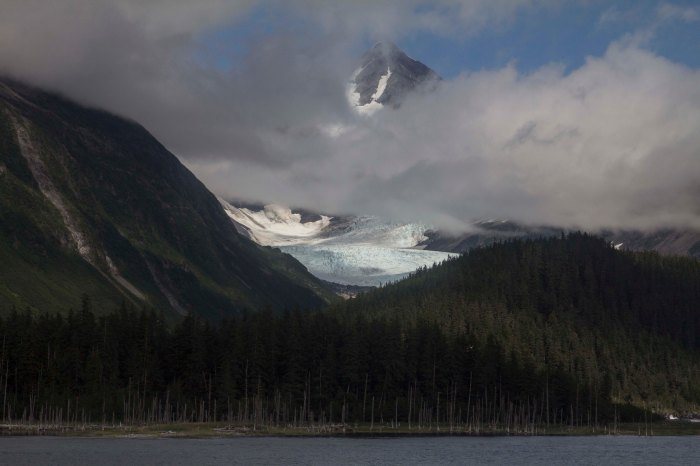







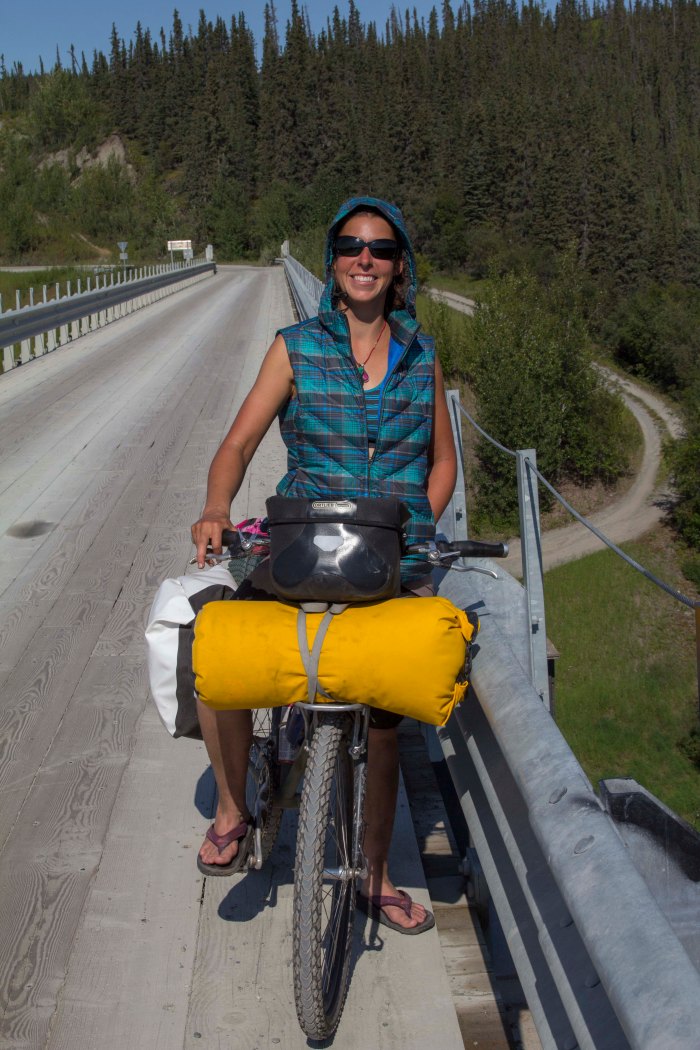



















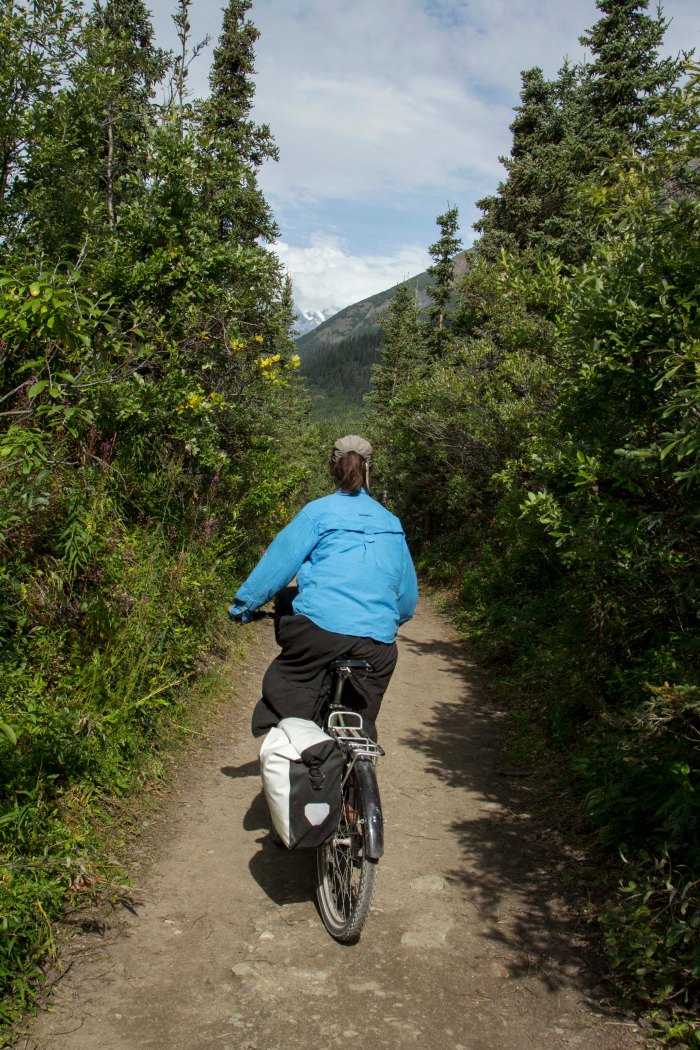












You must be logged in to post a comment.